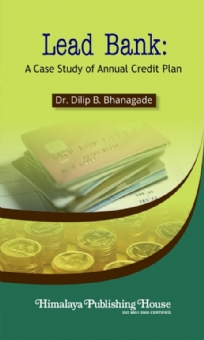The Lead Bank Scheme was evolved by the Reserve Bank of India soon after nationalization of commercial banks with a view to enable the nationalized banks to work effectively as catalytic agents in economic development. Soon after commercial banks in India started operating in the field of direct agricultural lendings, it was recognized by them that one of the most important strategies to tackle the problems in this new field would be to follow the Area Approach.
The idea of area development was first put forward by a study group of the National Credit Council on “Organizational Framework for the Implementation of Social Objectives” headed by the late Prof. D. R. Gadgil. The Group had suggested the adoption of an “Area Approach” to evolve plans and programmes for the extension of banking and credit in the country. The quintessence of the recommendation was that commercial banks should be assigned particular districts in which they should work as a consortium leader and pace-setter in providing integrated banking and credit facilities.
This book covers an overview of Lead Bank and its role in the overall development. The book also covers the critical evaluation of role of the annual credit plan prepared under Lead Bank Scheme.
Contents :
1. Introduction of Lead Bank
2. Research Methodology and Hypothesis
3. Profile of Thane District
4. Overview of Lead Bank with Special Reference to the Bank of Maharashtra, Thane District
5. Analysis of the Lead Bank Scheme
6. Finding and Suggestion
Bibliography






